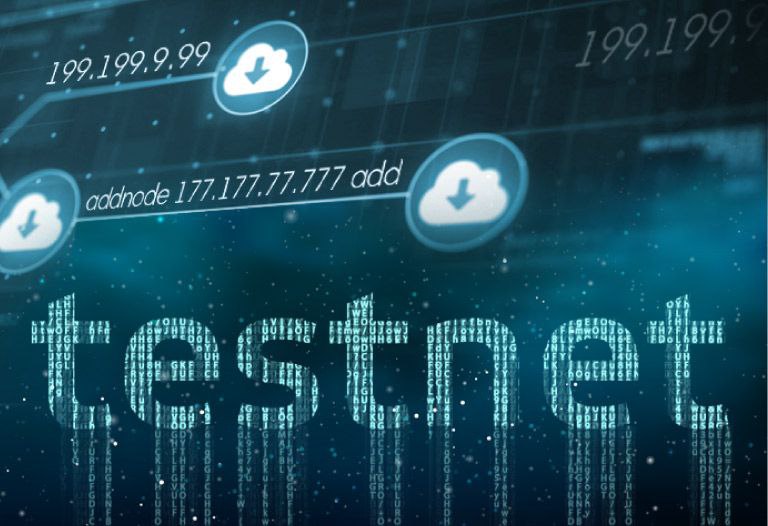Cryptocurrencies have revolutionized the way we view and use money, offering decentralized, transparent, and secure financial transactions. Behind these digital currencies, there is a complex network of technologies that power their operation, including testnets. In this article, we'll delve into the fascinating world of testnets in cryptocurrency, understanding what they are, how they work, and why they are essential for the development and success of blockchain projects.

What are Testnets?
Testnets are specialized blockchain networks created by cryptocurrency developers for testing and experimentation purposes. They are separate from the mainnet, which is the live and fully operational blockchain network that handles real-world transactions and operations. Testnets mimic the mainnet in terms of the underlying technology, protocols, and features but operate in a simulated environment that allows developers to safely test their code, smart contracts, and applications without risking real funds or disrupting the mainnet.
Testnets serve as a crucial tool in the development lifecycle of blockchain projects, enabling developers to identify and fix bugs, vulnerabilities, and other issues before deploying their code to the mainnet. They also provide an opportunity for the community to participate in testing and provide feedback, leading to a more robust and secure blockchain ecosystem.
How Do Testnets Work?
Testnets operate on the same principles as the mainnet but with a few key differences. Firstly, testnets use a different type of cryptocurrency known as "testnet tokens" or "testnet coins" which have no real-world value and are only used within the testnet environment. These tokens are usually obtained for free from testnet faucets, which are websites or applications that distribute testnet tokens to users for testing purposes.
Secondly, testnets often have lower security levels compared to the mainnet, as they are not intended to handle real transactions or store valuable assets. This allows developers to experiment with different scenarios, conduct extensive testing, and even intentionally trigger vulnerabilities to assess the network's resilience.
There are several popular testnets used in the cryptocurrency ecosystem, including Ropsten (for Ethereum), Testnet3 (for Bitcoin), and Kotti (for Polkadot). Each testnet has its unique features, rules, and community, providing developers with options depending on their specific testing requirements.
Why are Testnets Essential for Blockchain Projects?
Testnets play a crucial role in the development and success of blockchain projects in several ways:
Testing and Debugging:
Testnets provide a safe and controlled environment for developers to thoroughly test their code, smart contracts, and applications. They can simulate different scenarios, evaluate the network's performance, and identify and fix bugs and vulnerabilities without affecting the mainnet. This helps in ensuring that the final code deployed to the mainnet is robust, secure, and reliable.
Community Participation:
Testnets allow the community to actively participate in testing and provide feedback on the project's performance. This helps in uncovering potential issues that may not be apparent to the development team, and allows for iterative improvements based on real-world testing and user feedback.
Network Upgrades:
Testnets are often used for testing network upgrades and protocol changes before implementing them on the mainnet. This ensures that any changes made to the blockchain are thoroughly tested and do not introduce vulnerabilities or other issues that could disrupt the mainnet's operation.
Education and Onboarding:
Testnets are valuable tools for educating and onboarding newcomers to the cryptocurrency ecosystem. They provide a risk-free environment for users to learn about the technology, familiarize themselves with wallets, transactions, and other operations, and gain hands-on experience without the fear of losing real funds.
Ecosystem Development:
Testnets foster innovation and experimentation within the cryptocurrency ecosystem. They enable developers to build and test new applications, tools, and services on
